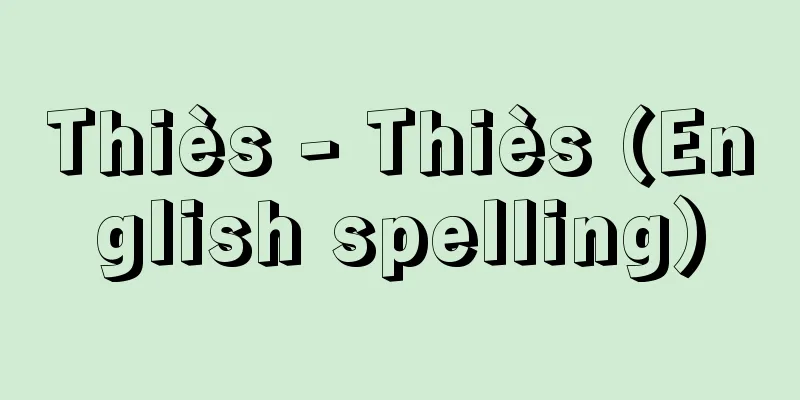Hatamoto slave - Hatamoto Yakko

|
During the Genna and Kan'ei periods (1615-1644), when the wars had subsided and the Tokugawa Shogunate and feudal domain system was being established, ruffian hatamoto thugs ran rampant on the streets. The legacy of the Warring States period remained strong, and they liked to live in a brutal and martial manner. These were called hatamoto slaves. They reached their peak around the Shoho period (1644-1648), and formed groups such as the Shiratsuka Group, the Roppo Group, the Daisho Shingi Group, and the Sekirei Group. They competed with each other in the most eye-catching costumes and eccentric behavior, with ostentatious hairstyles, flashy kimonos with velvet collars, and long swords with no curves attached to their large tsuba (blade guards), striding with their arms and legs raised. They showed their contrary nature by wearing padded jackets in the middle of summer, carrying a fire bucket and complaining, "It's cold, it's cold," and in the coldest of winters, wearing only a robe and using a folding fan and complaining, "It's hot, it's hot." They often used their privileges to behave arrogantly, committing acts of violence such as gambling, fighting, and street murder, and made brothels their bases. This earned them the resentment of society. The shogunate often oppressed them in the name of peace, and in 1664 (Kanbun 4), they ordered their leader, Mizuno Jurozaemon, to commit seppuku, and in 1686 (Jokyo 3), they captured and punished over 200 of them, after which the violent hatamoto slaves naturally disappeared. [Fumio Inagaki] Source: Shogakukan Encyclopedia Nipponica About Encyclopedia Nipponica Information | Legend |
|
戦乱も治まり、徳川幕藩体制が確立に向かう元和(げんな)・寛永(かんえい)(1615~44)のころ、旗本無頼の徒が巷(ちまた)を横行した。戦国の遺風が強く残り、殺伐で武張(ぶば)ったことを好んだ。これを旗本奴という。正保(しょうほう)(1644~48)ごろから全盛になり、白柄(しらつか)組、六法組、大小神祇(しんぎ)組、鶺鴒(せきれい)組などという団体をつくった。人の目にたつような異装、奇行を競い、大仰な髪形にビロード襟のはでな着物、大鍔(おおつば)に無反(むそり)の長刀を閂差(かんぬきざ)しにして、手足を振り上げて闊歩(かっぽ)した。真夏に綿入れを着て「寒い寒い」と火桶(ひおけ)を抱え、寒中に帷子(かたびら)だけで「暑い暑い」と扇子を使う天邪鬼(あまのじゃく)ぶりをみせた。特権をかさに着て傍若無人のふるまいが多く、博奕(ばくち)、喧嘩(けんか)、辻斬(つじぎ)りなどの狼藉(ろうぜき)を働き、遊廓(ゆうかく)を根城とした。そのため社会の反感を買った。幕府は平和政策上たびたび彼らに弾圧を加え、1664年(寛文4)首領の水野十郎左衛門に切腹を命じ、86年(貞享3)に200人余を捕らえて処罰ののちは、暴虐な旗本奴も自然に消滅した。 [稲垣史生] 出典 小学館 日本大百科全書(ニッポニカ)日本大百科全書(ニッポニカ)について 情報 | 凡例 |
<<: Pattaya (English spelling)
Recommend
Housman, Alfred Edward
Born 26 March 1859 at Fockbury, Worcestershire [Di...
Hiromichi Kozaki
A leading Christian teacher in the Meiji and Tais...
Kozagawa [town] - Kozagawa
A town in Higashimuro County in the southeastern p...
Reebok
A sports shoe manufacturer and brand. It began in ...
van Marxveldt, C.
...Another example is M. Argilli, who makes use o...
Horaga Pass - Horaga Pass
A pass on the border between Yawata City, Kyoto P...
Beattie, John
…Radcliffe Brown, who also shares a functionalist...
Iwaya Shoten
…Cigarettes that did not require a cigarette hold...
Analytic continuation
An operation that expands the domain of a function...
Strelitzia reginae (English spelling) Strelitziareginae
…[Ichiro Sakanashi]. … *Some of the terminology t...
Agricultural culture
Refers to the general lifestyle and culture of hu...
Arellano, OL (English spelling) ArellanoOL
...The Morales administration partially nationali...
Ageo [city] - Ageo
A city in central eastern Saitama Prefecture. It w...
Station bookstore - Ekihonya
…The simplest layout is to have platforms facing ...
Electromagnetic wave absorber
It is a device designed to absorb all the energy o...









